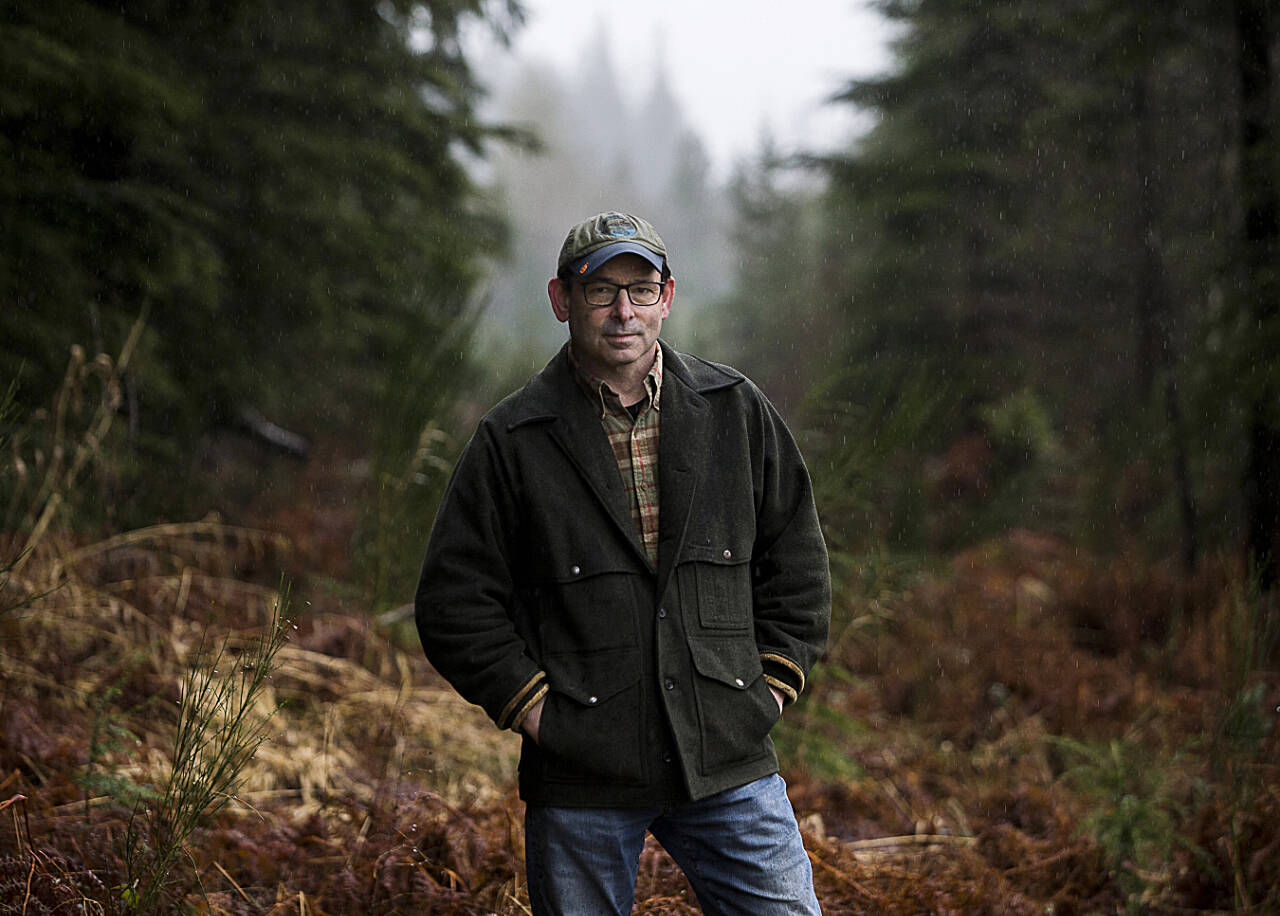By Julia-Grace Sanders / For The Herald
It’s “now or never” to limit global warming enough to maintain a livable planet, according to a recent United Nations report. Avoiding “unprecedented heatwaves, terrifying storms, widespread water shortages and the extinction of a million species of plants and animals” requires capping global warming at no more than 1.5 degrees Celsius, UN Secretary-General António Guterres said.
Achieving this limit necessitates unprecedented development of carbon-reducing technologies. On this point, scientists and economists worldwide agree. But the pathways for funding and scaling these rapid technological developments are less clear. For one potential solution, we can look to the small timber town of Darrington.
Dwarfed by the white-capped peaks of the North Cascades, Darrington provides a model for fostering public investment in private climate tech while supporting rural economies. The town sprouted in the 1890s on the back of the timber industry. But changes in public forest management and an increase in habitat protection acreage have slowed production to a trickle. The once-thriving town now has a poverty rate of 20 percent, twice the state’s median.
Mayor Dan Rankin started looking for a way to revive Darrington’s economy after the Oso landslide further devastated the town in 2014. That’s when he read about a technology called cross-laminated timber (CLT). The material substantially reduces the carbon footprint of new buildings by replacing the building materials of structural concrete and steel, which release large amounts of carbon dioxide during production. CLT, instead, sequesters carbon during a tree’s photosynthesis. That carbon remains locked up in the floors and walls of buildings made with CLT so long as the structures stand. Even after demolition, CLT emits 50 percent to 80% less than traditional building materials.
It’s a relatively simple technology: essentially chips of wood glued together. It’s made by placing solid pieces of wood crosswise and securing them with a vacuum or hydraulic press. Europe has embraced manufacturing CLT since the 1990s, but the technology is still relatively underdeveloped in the U.S.
Rankin joined forces with Snohomish County and environmental nonprofit Forterra to create the Darrington Wood Innovation Center. The 94-acre campus will house a small European-grade remanufacturing sawmill and kiln facility, a CLT plant and a modular housing fabrication facility.
It took Rankin almost a decade to wrangle the partnerships necessary to make the center a reality.
“When something is new and something is innovative, it’s a little scary for industry,” he said.
The Darrington Timber Innovation Center is a model for how the public sector can reduce risks for investment in climate-friendly technologies. On the public side, the project received county, state and federal funding of about $9.4 million. Forterra investors kicked in $12 million for the center’s buildings, which private CLT manufacturers will lease.
This project sets the stage for a fledgling cross-laminated timber market to mature in the United States. More broadly, it demonstrates how the public sector can foster the technology solutions necessary to mitigate climate change. The 2030 Agenda for Sustainable Development, the Paris Agreement, and other key international agreements all highlight public-private partnerships as a potential pathway for funding the development of climate technologies.
The Darrington Timber Innovation Center could provide more than 120 new jobs while supporting local businesses and the scaling of U.S. CLT production. Perhaps most importantly, this process is replicable.
“The whole idea was about making the model repeatable,” Rankin said.
Global average temperatures have already warmed by around 1.9 degrees Fahrenheit — about 1 degree Celsius — since pre-industrial times. The public-private partnership showcased in Darrington can, and should, be applied in cities across the nation to play a meaningful role in meeting the 1.5°C limit.
Julia-Grace Sanders is a former reporter for The Herald and is currently an environmental fellow at Columbia University’s School of International and Public Affairs.
Talk to us
> Give us your news tips.
> Send us a letter to the editor.
> More Herald contact information.

























